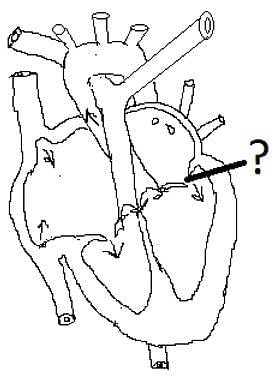Test: Body Fluids and Circulation - NEET MCQ
30 Questions MCQ Test Biology Class 11 - Test: Body Fluids and Circulation
What happens when the ventricular pressure decreases?
When the right ventricle contracts the blood is pump in to :-
The blood leaving the lungs is richer than the blood entering the lung in :-
What is the approximate duration of a cardiac cycle?
What is the average cardiac output for a healthy individual?
Which of the following waves represent the excitation of the atria?
Which of the following represents the depolarisation of the ventricles?
Which of these has a closed type of circulatory system :-
By counting the number of which of the following waves, the heartbeat of a person can be determined?
In the joint diastole state, which of these events do not occur?
Which of these occurs during the atrial systole?
Which structure is not responsible for the transmission of action potential to the ventricles?
Which of these events coincide with ventricular systole?
Blood circulation take following course in heart of man :-
To reach the left side of heart the blood must pass through :-
How many nodal tissue patch are found in heart of Human :-
In heart of Human bicuspid valve is situated in :-
|
180 videos|362 docs|148 tests
|






















